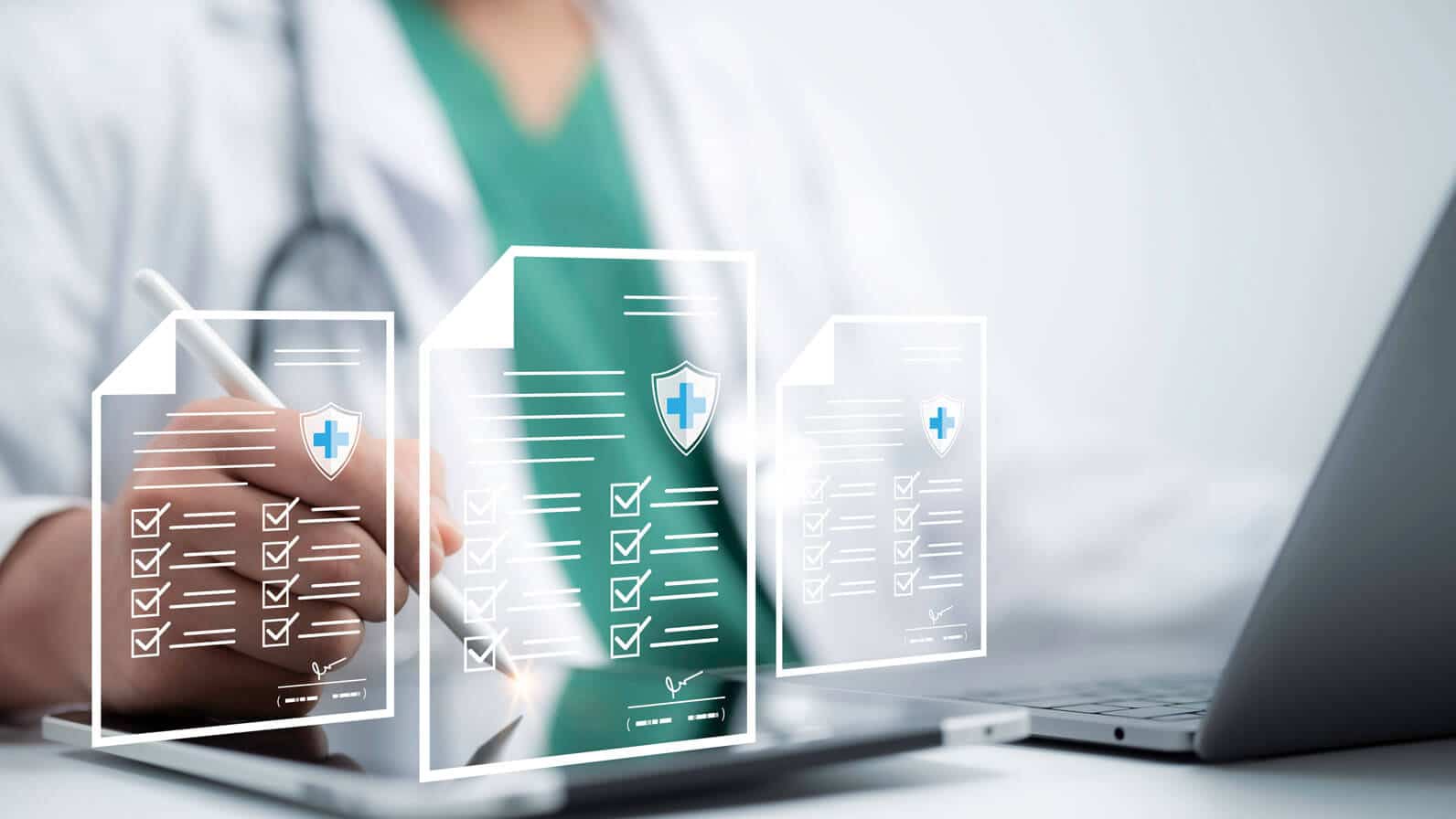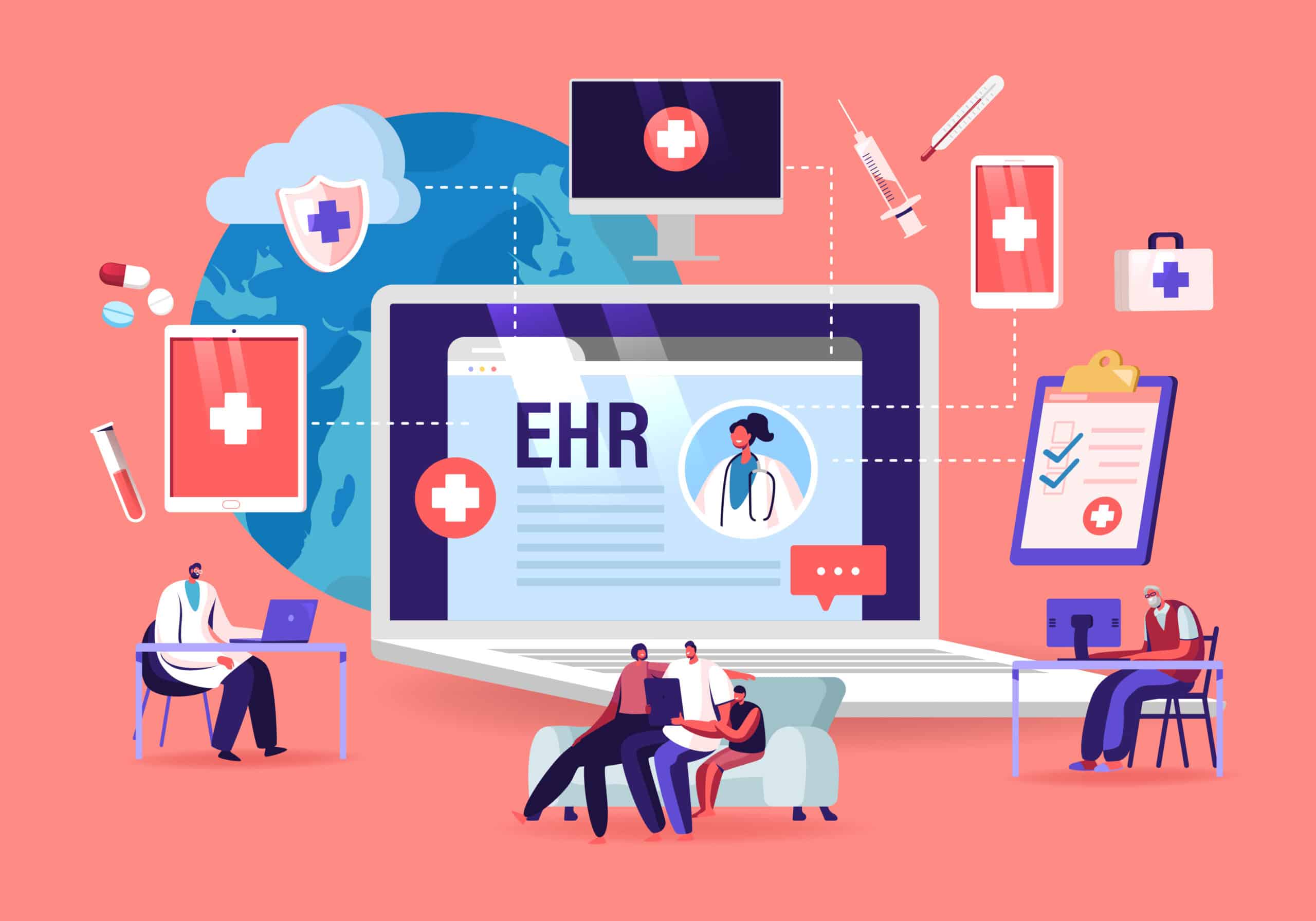Winning the Referral Race: How AI-Powered Intake Transforms Imaging Centers
For imaging centers and radiology groups, competition for referrals is more intense than ever. National quality measures, such as those outlined in the CMS “Closing the Referral Loop” (eCQM CMS50), highlight persistent gaps in referral communication and set explicit targets to ensure the referring clinician receives a specialist report. In this landscape, success depends not...









